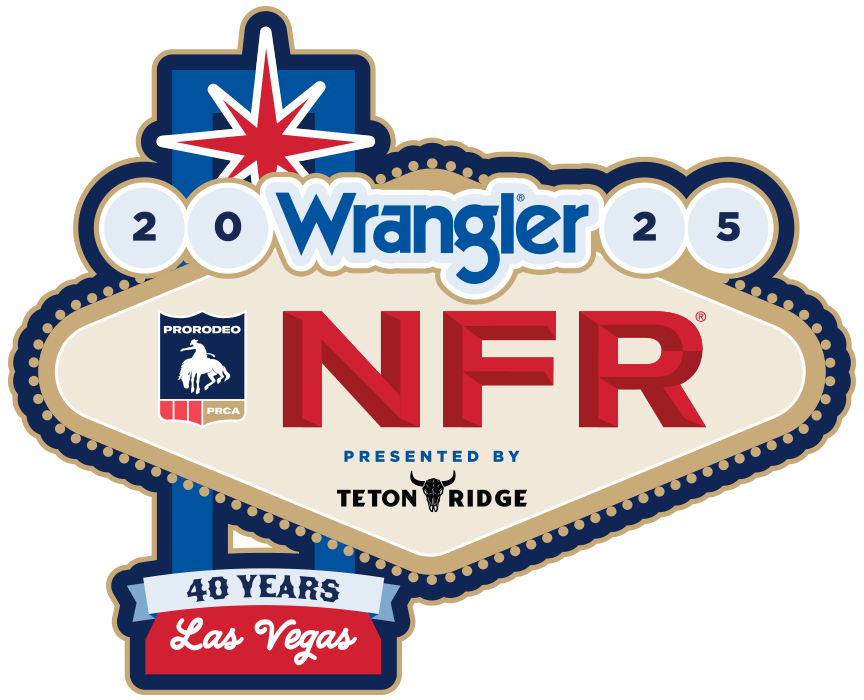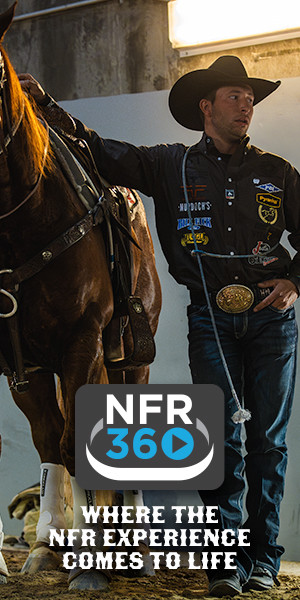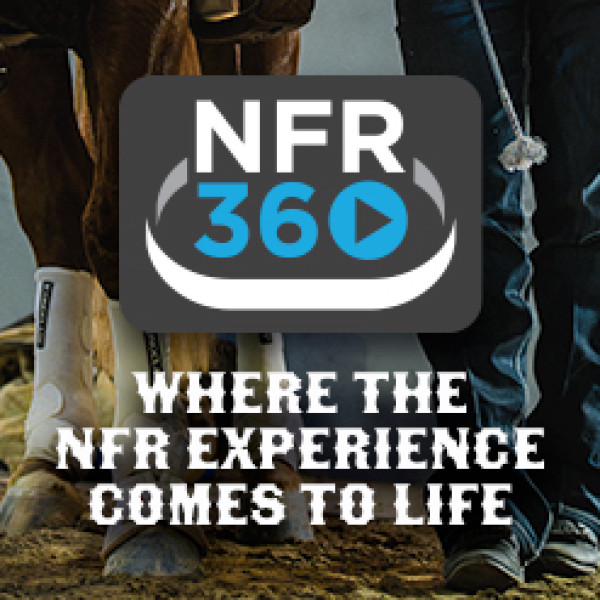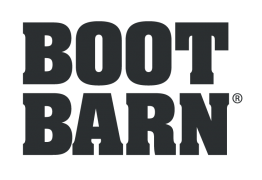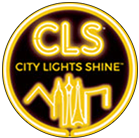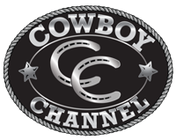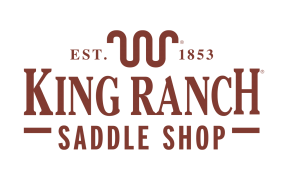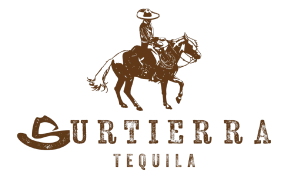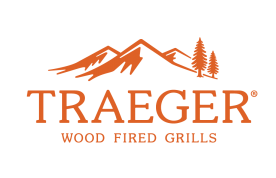
May 20, 2021
It’s Not Just a Rope
My main source of income for more than a decade has come from a relationship with rodeo committees. Last year that came to an abrupt halt. I’ve always been creative, crafty, whatever you want to call it. I sew, I knit, I just love making things and I get a lot of satisfaction out of having something tangible in my hands that I made from start to finish.
I’ve been making rope baskets for years for gifts, donated them for silent auctions and made them for that tangible, satisfying experience. When rodeos were still cancelling this winter, and with ropes on hand, I made a basket and put it on a group on Facebook. The orders started coming in.

Being raised on a ranch, ropes and the use of them was an invaluable tool. I’ve watched millions of runs in the rodeo arena, and toured the Cactus Ropes factory in Pleasanton, Texas. I’ve swung a few on my own, roped a dummy, heeled some calves in the branding pen and been on the other end of a mad cow with a dally around a corral post. That corral post was set in the ground by my father so I was confident that it would hold. He was pushing the cow towards me as I tightened the rope and got her close enough that we could care for her. The rope was as dependable as that post and we got the job done.
Ropes are made to be strong, hold together and take care of business. They come in different sizes, colors and lays (soft, medium soft, etc.) When I make a basket, I use the rope several ways. A whole rope makes the frame. One strand secures the ends and the bulk of it is woven with two strands. Taking them apart is a task.

There are multiple rope manufacturers in the U.S. who make a variety of ropes for team roping, tie-down roping, breakaway roping, and everyday ranch work. The highest percentage of those are for team ropers. They are primarily made from nylon fiber. If the rope is a blend, it has polyester fibers added in when they make the individual strands.
Ropes vary in how many strands are used to make them as well. One of the most common ropes used these days is four-strands spun around a core. That core is also made out of nylon fibers.

At Cactus Ropes, they have a four-day manufacturing process. Temperature and humidity are considerations in the process and that can affect their shipping and production process. Mondays are spent making the strands and spinning them into ropes.
On Tuesday, those ropes are dipped in a vat of hot wax. Wednesday they are laid out on the floor to let the fibers get used to being spun together. The hondos have been tied in the ropes and while they are being stretched, a rawhide burner is hand sewn around the end of each hondo. Thursday the ropes are coiled and Friday they are shipped.

It’s a process that makes one of the most important tools in rodeo. Pick up men use them, children have dummy roping contests underneath the stands and throughout each performance, ropes are all around. That has also enhanced the explosion of team roping across the country.
“We strive to make the perfect rope for every roper,” said Berry Berg, general manager at Cactus Ropes. “We think of every circumstance, weather change and situation. It’s then up to the roper’s ability to know what works for them.”
One of the cowboys that has helped rope makers at Cactus know what works is Trevor Brazile. Ropes have been a crucial part of his 26 world championships. Not only does he know ropes, he also has the ability to diagnose the good and the bad in each and communicates the nuances back to the makers. Over the past decade, they have developed a complete line of Relentless Ropes that Trevor has been an integral part of.
For ropers, having the right rope is like playing golf with the right club. They all have bags full of them. Heading ropes are about 30 feet long. Heeling ropes add three to five feet. In the 35 years that the Wrangler National Finals Rodeo has been held in the Thomas & Mack Center, 15 teams have competed over 10 nights. In this arena, headers have 4,500 feet of rope and heelers have 5,250 to play with each year.

In the heeling alone, if those ropes were stretched end to end, that is nearly a mile of rope. Multiply that times 35 and add the head ropes in there and it’s almost 65 miles of rope. Through those 35 years of competition at the NFR, technology in rope making has developed better ropes in more choices, including colors.
The first colored rope was made by Classic Rope Company in 1989. They added a blue polyester thread to the strands. That rope was called the MoneyMaker. They are still making it today and it is a very popular three-strand blended rope.
Cactus Ropes followed suit, but with a different process. They started experimenting with different colors by spraying food coloring on the fibers with squirt guns. Then they dipped the ropes in the wax which set the dyes.
“Our first colored rope was called the Magnet.” Barry recalled. “We made some really pretty ropes with that food coloring. Now, we use materials that are already dyed and by putting together different combinations we can do just about anything.”
As an example of that, I got a used rope to make a basket because it was pretty with tones of peach and pink on the outside. To my surprise, the rope itself was white and the color was coming through from a bright orange core.

Seeing the difference in ropes is nothing like feeling it. Contestants know that and I’m learning as I create. Some ropes are better for the frame of a basket than others. Some will untwist on their own if you let them. Some cooperate and let me take off just two strands or stay together better and are stiffer. Some have a bigger memory and as I unravel them and make them shaggy, they have a lot of bounce. That is a good quality for a basket, not so good for the arena.
Golfers have a variety of clubs to make every shot the best that they can. Similarly, ropers have a variety of ropes in their bags for every type of steer, weather, and arena. I look at ropes, think they are pretty and decide how to put them together to make a basket. Ropers swing them and rely on feel and experience for their choices.
“I carry six to eight ropes with me at all times that are already broken in,” said Nick Sartain, the 2009 world champion, and a Cactus Ropes endorsee. “When I’m heading, I check out the cattle and see how big their horns are. With small horns, I’ll use a softer rope. If we’re outside and it’s windy, I might use a heavier rope. And I always have some new ones that I’m breaking in as well.”
“Cactus Ropes has been so good to their endorsees,” Sartain added. “When they had a fire that destroyed their facilities, (2004) they still found a way to keep all of us supplied with ropes. That builds loyalty and made me a Cactus man for life.”

Unlike golf clubs, ropes have a lifespan. I’ve gotten several walking through the parking lot after a rodeo. National Ropers Supply in Decatur, Texas buys used ropes and resells them. They know me there and let me go through their inventory to get the colors I need. And I’ve gotten ropes from some of the best in the business. Recycling and repurposing them reminds me daily of my love for rodeo, roping, the Western lifestyle and most importantly the people involved that love it as much as I do.

